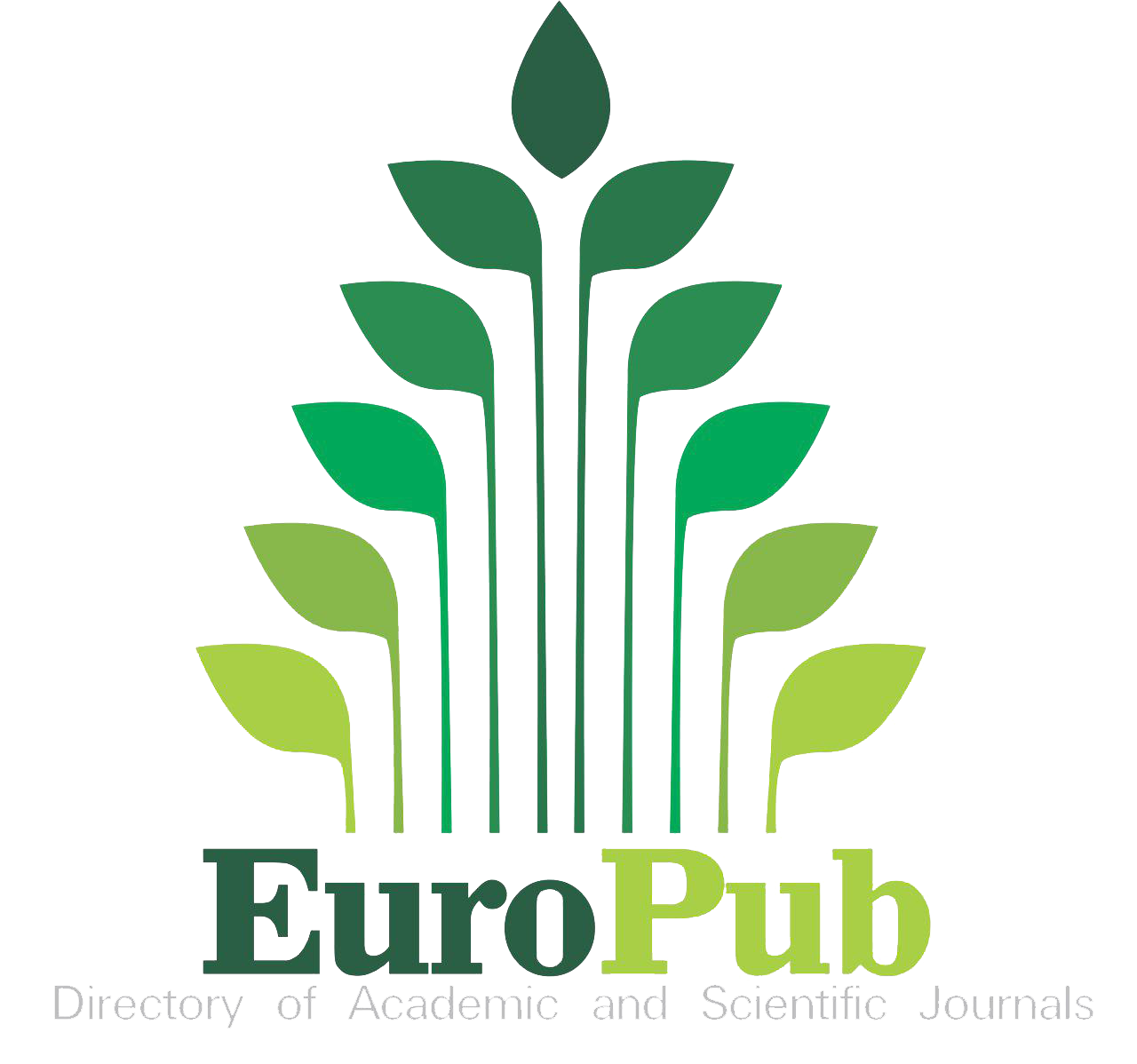Aloe barbadensis leaf juice in skincare for acne:
Unraveling its antimicrobial qualities
DOI:
https://doi.org/10.60087/jklst.vol4.n3.p125Keywords:
Aloe barbadensis, Acne skincare, antimicrobial , aloe VeraAbstract
Aloe barbadensis, often known as Aloe vera, has garnered extensive acclaim for its multifaceted therapeutic capabilities, generating significant interest in both traditional and scientific spheres. This review attempts to thoroughly examine the botany, photochemistry, and therapeutic uses of Aloe vera. We conduct a meticulous analysis of its taxonomic categorization, physical characteristics, and worldwide distribution, establishing the basis for comprehending its widespread utilization. We explore the importance of the phytochemical elements of Aloe vera, such as polysaccharides, anthraquinones, vitamins, minerals, and other bioactive substances, in influencing its many biological activities. A thorough examination of the therapeutic uses of Aloe vera encompasses various fields, such as dermatology, wound healing, gastrointestinal problems, immunological modulation, and its growing use as an ingredient in cosmeceuticals and nutraceuticals. In addition, we thoroughly examine the clinical evidence that supports the usefulness of Aloe vera in various health issues, clarifying areas that require additional research. This study is a valuable resource for researchers, healthcare practitioners, and industry stakeholders since it consolidates existing knowledge and identifies areas where future research is needed. It highlights the significant potential of Aloe vera in enhancing human health and well-being, encouraging further investigation in this field.
Downloads
References
Abiya, S., Odiyi, B., Falarunu, L., & Abiya, N. (2018). Anti-microbial activity of three medicinal plants against ac-ne-inducing bacteria Propionibacterium acnes. Brazilian Journal of Biological Sciences, 5(10), 277-288.
Ahmed, M., & Hussain, F. (2013). Chemical composition and biochemical activity of Aloe vera (Aloe barbadensis Miller) leaves. International Journal of Chemical and Biochemical Sciences, 3(5), 29-33.
Araviiskaia, E., & Dréno, B. (2016). The role of topical dermocosmetics in acne vulgaris. Journal of the European Academy of Dermatology and Venereology, 30(6), 926-935.
Arbab, S., Ullah, H., Weiwei, W., Wei, X., Ahmad, S. U., Wu, L., & Zhang, J. (2021). Comparative study of antimicrobial action of Aloe vera and antibiotics against different bacterial isolates from skin infection. Veterinary Medicine and Science, 7(5), 2061-2067.
Asnaashari, S., Kazemnezhad, M., Masoud, F., & Javadzadeh, Y. (2023). An overview on the anti-acne properties of herbal essential oils. Journal of Herbal Medicine, 100642.
Basra, M. K., & Shahrukh, M. (2009). Burden of skin diseases. Expert Review of Pharmacoeconomics & Outcomes Research, 9(3), 271-283.
Bilal, M., Lubis, M. S., Yuniarti, R., & Nasution, H. M. (2023). Formulation of anti-acne extract Aloe vera (Aloe vera (L.) Burm. f.) in inhibiting the activity of Propionibacterium acnes. International Journal of Health and Pharmaceutical (IJHP), 3(2), 241-248.
Boudreau, M. D., & Beland, F. A. (2006). An evaluation of the biological and toxicological properties of Aloe barbadensis (Miller), Aloe vera. Journal of Environmental Science and Health Part C, 24(1), 103-154.
Chellathurai, B. J., Anburose, R., Alyami, M. H., Sellappan, M., Bayan, M. F., Chandrasekaran, B., Chidambaram, K., & Rahamathulla, M. (2023). Development of a polyherbal top-ical gel for the treatment of acne. Gels, 9(2), 163.
Dey, P., Dutta, S., Chowdhury, A., Das, A. P., & Chaudhuri, T. K. (2017). Variation in phytochemical composition reveals distinct divergence of Aloe vera (L.) Burm. F. from other aloe species: Rationale behind selective preference of Aloe vera in nutritional and therapeutic use. Journal of Evidence-Based Complementary & Alternative Medicine, 22(4), 624-631.
Egbuna, C., Gupta, E., Ezzat, S. M., Jeevanandam, J., Mishra, N., Akram, M., Sudharani, N., Adetunji, C. O., Singh, P., & Ifemeje, J. C. (2020). Aloe species as valuable sources of functional bioactives. In Functional Foods and Nutraceuticals: Bioactive Components, Formulations and Innovations (pp. 337-387).
Fitri, R., Reveny, J., Harahap, U., & Dharmawan, H. (2021). Anti-acne activity from biocellulose mask formula containing (Aloe Vera (L.) Burm. F) essence combined with vitamin E. Indonesian Journal of Pharmaceutical and Clinical Research, 4(1), 1-7.
Gage, D. (1996). Aloe vera: Nature's soothing healer. Inner Traditions/Bear & Co.
Gao, Y., Kuok, K. I., Jin, Y., & Wang, R. (2019). Biomedical applications of Aloe vera. Critical Reviews in Food Science and Nutrition, 59(sup1), S244-S256.
Ghosh, V., Nagore, D., Kadbhane, K., & Patil, M. (2011). Different approaches of alternative medicines in acne vulgaris treatment. Oriental Pharmacy & Experimental Medicine, 11(1), 1-9.
Goyal, N., & Jerold, F. (2021). Biocosmetics: Technological advances and future outlook. Environmental Science and Pollution Research, 1-22.
Gupta, V. K., & Malhotra, S. (2012). Pharmacological attrib-ute of Aloe vera: Revalidation through experimental and clinical studies. Ayu, 33(2), 193.
Hajheydari, Z., Saeedi, M., Morteza-Semnani, K., & Soltani, A. (2014). Effect of Aloe vera topical gel combined with tretinoin in treatment of mild and moderate acne vulgaris: A randomized, double-blind, prospective trial. Journal of Der-matological Treatment, 25(2), 123-129.
Hamman, J. H. (2008). Composition and applications of Aloe vera leaf gel. Molecules, 13(8), 1599-1616.
Jadhav, A. S., Patil, O. A., Kadam, S. V., & Bhutkar, M. A. (2020). Review on Aloe Vera is used in medicinal plant. Asian Journal of Research in Pharmaceutical Science, 10(1), 26-30.
Jain, A., & Basal, E. (2003). Inhibition of Propionibacterium acnes-induced mediators of inflammation by Indian herbs. Phytomedicine, 10(1), 34-38.
Jiang, M., Deng, K., Jiang, C., Fu, M., Guo, C., Wang, X., Wang, X., Meng, F., Yang, S., & Deng, K. (2016). Evaluation of the antioxidative, antibacterial, and anti-inflammatory ef-fects of the aloe fermentation supernatant containing Lacto-bacillus plantarum HM218749. 1. Mediators of Inflammation, 2016, 1-9.
Kammoun, M., Miladi, S., Ali, Y. B., Damak, M., Gargouri, Y., & Bezzine, S. (2011). In vitro study of the PLA2 inhibition and antioxidant activities of Aloe vera leaf skin extracts. Li-pids in Health and Disease, 10(1), 1-7.
Kanlayavattanakul, M., & Lourith, N. (2011). Therapeutic agents and herbs in topical application for acne treatment. International Journal of Cosmetic Science, 33(4), 289-297.
Kapoor, S., & Lata Saraf, S. (2011). Topical herbal therapies an alternative and complementary choice. Research Journal of Medicinal Plant, 5(3), 650-669.
Lanka, S. (2018). A review on Aloe vera-The wonder medic-inal plant. Journal of Drug Delivery and Therapeutics, 8(5-s), 94-99.
Lee, C. K., Han, S. S., Shin, Y. K., Chung, M. H., Park, Y. I., Lee, S. K., & Kim, Y. S. (1999). Prevention of ultraviolet ra-diation-induced suppression of contact hypersensitivity by Aloe vera gel components. International Journal of Im-munopharmacology, 21(5), 303-310.
Manvitha, K., & Bidya, B. (2014). Aloe vera: A wonder plant its history, cultivation and medicinal uses. Journal of Phar-macognosy and Phytochemistry, 2(5), 85-88.
Martin, M. (2009). Selling Beauty: Cosmetics, Commerce, and French Society, 1750–1830 (Vol. 127). JHU Press.
Mazzarello, V., Donadu, M., Ferrari, M., Piga, G., Usai, D., Zanetti, S., & Sotgiu, M. (2018). Treatment of acne with a combination of propolis, tea tree oil, and Aloe vera compared to erythromycin cream: Two double-blind investigations. Clinical Pharmacology: Advances and Applications, 175-181.
Nandal, U., & Bhardwaj, R. (2012). Aloe vera: A valuable wonder plant for food, medicine and cosmetic use-a review. International Journal of Pharmaceutical Sciences Review and Research, 13(1), 59-67.
Nilforoushzadeh, M. A., Amirkhani, M. A., Zarrintaj, P., Salehi Moghaddam, A., Mehrabi, T., Alavi, S., & Mollapour Sisakht, M. (2018). Skin care and rejuvenation by cosmeceu-tical facial mask. Journal of Cosmetic Dermatology, 17(5), 693-702.
Orafidiya, L., Agbani, E., Oyedele, A., Babalola, O., Onayemi, O., & Aiyedun, F. (2004). The effect of Aloe vera gel on the anti-acne properties of the essential oil of Ocimum gratissi-mum Linn leaf–a preliminary clinical investigation. Interna-tional Journal of Aromatherapy, 14(1), 15-21.
Panda, H. (2005). The complete technology book on herbal beauty products with formulations and processes. Asia Pacific Business Press Inc.
Rafiq, S. J. S. (2021). Formulation of herbal soap against acne causing bacteria. Asian Journal of Biological and Life Sci-ences, 10(3), 609-614.
Raza, A., Munib, A., Yousaf, P., Humayun, A., Khalid, A., Riaz, A., Waseem, M., Asad, F., Zulfiqar, F., & Cheema, A. A. (2021). Prevalence and psychological impact of acne on quality of life among undergraduate medical students of La-hore, Pakistan. Journal of Sheikh Zayed Medical College (JSZMC, 12(02), 13.
Reuter, J., Merfort, I., Wölfle, U., Seelinger, G., & Schempp, C. M. (2009). Botanicals in dermatology and skin health.
Saeed, M., Naveed, M., Arif, M., Kakar, M. U., Manzoor, R., Abd El-Hack, M. E., Alagawany, M., Tiwari, R., Khandia, R., & Munjal, A. (2017). Green tea (Camellia sinensis) and l-theanine: Medicinal values and beneficial applications in humans—A comprehensive review. Biomedicine & Pharma-cotherapy, 95, 1260-1275.
Saleem, A., Naureen, I., Naeem, M., Murad, H. S., Maqsood, S., & Tasleem, G. (2022). Aloe vera gel effect on skin and pharmacological properties. Scholars International Journal of Anatomy and Physiology, 5(1), 1-8.
Sánchez-Machado, D. I., López-Cervantes, J., Sendón, R., & Sanches-Silva, A. (2017). Aloe vera: Ancient knowledge with new frontiers. Trends in Food Science & Technology, 61, 94-102.
Downloads
Published
Issue
Section
License
Copyright (c) 2024 Journal of Knowledge Learning and Science Technology ISSN: 2959-6386 (online)

This work is licensed under a Creative Commons Attribution 4.0 International License.
©2024 All rights reserved by the respective authors and JKLST.









